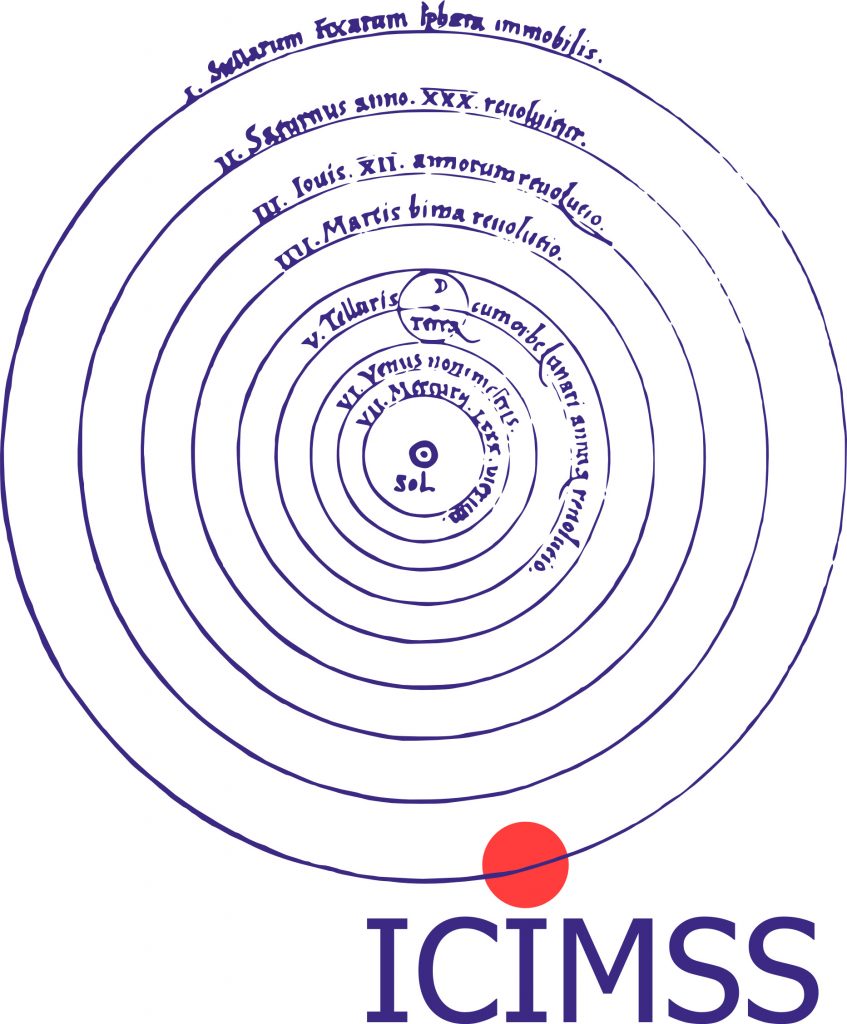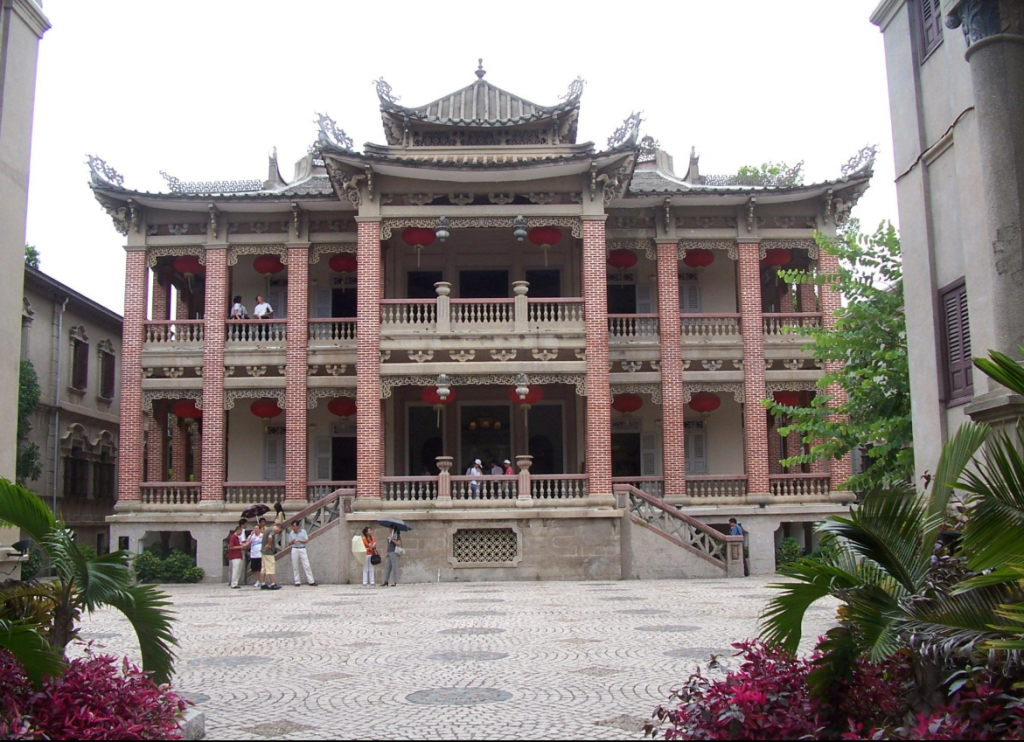img. Gulang Yu, an old colonial villa, CC-BY-SA ICIMSS, ph. Adam Kola
ICIMSS is a scientific association established in 2002. Its activities are focused on information, education and culture. Among the various activities, ICIMSS has created a portal, the Private Collections Library – www.bikop.eu , which belongs to the network of Polish digital libraries. From this catalogue, 147 records were transferred to Europeana included photos from Harbin, the Chinese city established in 1898 by Polish engineers working on the construction of the Chinese Eastern Railway. The photos digitized by ICIMSS show the activities of the Polish community in the 1920s and 1930s.
An exciting and unexpected result of making these photos available to the public was the request of a lady from the Czech Senate, who recognized her grandfather’s brother, who appeared to be the husband of the owner of the photo delivered to Europeana. Thanks to this collection, both ladies met in Poland.
ICIMSS and Chinese cultural heritage
The second portal, www.pictures-bank.eu, offers more contemporary digital-born images. 1,200 of the nearly 96,000 photos available online were taken by Adam Kola during one of his numerous trips to China over the past twenty years. The collection of photos comes from a monthly fascinating journey in 2008 through numerous Chinese provinces and cities. What can be seen in this collection, and even more visible from the perspective of twenty years, is a constant and rapidly progressing change in China.
Kola’s first journeys at the turn of the 21st century took place just before the country’s radical change. China’s creativeness and rapid modernization were just beginning. The countryside was radically different from the cities in terms of its distinctiveness, multiculturalism, other traditions and customs. Cities, in turn, have been subjected to the force of globalization. The year 2008, when the photographs from the collection were taken, is already marked by a change, a strong emphasis on modernity.
However, everywhere one can discover Chinese customs (tai-chi training in a downtown park), local colors (such as thousands of bicycles on the streets, now increasingly replaced by scooters and mopeds, not to mention cars), traditional architecture (pagodas, temples, old Hutongs). The photos show iconic places (such as the Great Wall), but also those that disappear from view in the stereotypical view of the country – the world of ordinary Chinese life: work, food, school, art, travel, mourning, prayer, the elusive beauty of everyday life .
The collection is a unique record of a specific part of the Chinese world. Together with the photos taken by Kola during other journeys, it provides a collective portrait of a period of significant transition for the Chinese people.
The journey of many thousands of kilometers led from Beijing (and its vicinity), then to the so-called Chinese Venice – Suzhou (with a magnificent museum designed by Ieoh Ming Pei, author of the famous Louvre pyramid), Shanghai, and then to the south of the country. From this region there are photos from Fujian provinces, including Fuzhou, Xiamen and the nearby Gulang Yu Island, and the charming Hakka homes of Yongding. The South of China incorporated a visit to the Pearl River Delta, including Guangzhou, Hong Kong and Macau. The journey then led north-west to Guilin, Toruń’s partner city. There you had to visit Yangshuo, one of the most picturesque places in China. The other road led to Sichuan, the provincial capital of Chengdu, and various places around the city.
The final part of the journey led north-east – to Xian, the former capital of China and one of the most influential cities in history. It ended with a trip to the aforementioned Harbin, where Adam Kola’s “Chinese aunt” lived among the local Polish community a century ago. Thus the journey came full circle on the map of the Middle Kingdom. It has historically returned to the place of an important, yet still underestimated and forgotten history of Poles.

PAGODE – Europeana China is co-financed by the Connecting Europe Facility Programme of the European Union, under GA n. INEA/CEF/ICT/A2019/1931839

